Why Are There Millions of Empty Houses (Akiyas) in Japan?
Japan is facing an unprecedented housing crisis that tells a profound story of demographic transformation. Across its picturesque landscapes and bustling urban centers, approximately 9 million homes sit empty—a number that’s both staggering and symptomatic of deeper societal shifts.
These abandoned properties, known as “akiyas,” are more than just vacant structures; they are silent witnesses to Japan’s complex social and economic challenges.
The Scale of Abandonment: Beyond Statistics
To truly understand the akiya phenomenon, one must look beyond mere numbers. In rural villages, entire communities are becoming ghost towns, where traditional wooden houses stand as hollow reminders of past generations.
Check Out These Akiya Deals:
In some regions, the population has dwindled so dramatically that mannequins and dolls have been strategically placed to give the illusion of life, creating an eerily surreal landscape.
Root Causes: A Perfect Storm of Demographic Challenges
Several interconnected factors contribute to Japan’s empty house epidemic:
- Aging Population: Japan has one of the world’s oldest populations, with a rapidly declining birth rate. As elderly residents pass away, their homes often remain unoccupied, with heirs living in different cities or unwilling to maintain rural properties.
- Inheritance Complexities: Japanese inheritance laws and cultural practices make transferring property complicated. Many inheritors find it more convenient to leave houses vacant than navigate the intricate process of sale or renovation.
- Economic Constraints: The cost of demolishing old houses often exceeds their market value, creating a financial disincentive for property owners to take action.
Rural Devastation: More Than Just Empty Buildings
The akiya crisis is particularly devastating in rural communities. These abandoned homes represent more than architectural decay—they symbolize the erosion of traditional social structures.
Small villages that once thrived on agriculture and community bonds are now struggling to maintain their identity, with younger generations migrating to urban centers.
Unexpected Solutions: Foreign Interest and Renovation
Interestingly, the akiya crisis has attracted international attention.
Foreigners, particularly from Western countries, are increasingly viewing these abandoned properties as opportunities. Some see potential for:
- Affordable renovation projects
- Vacation homes
- Potential investment opportunities
- Cultural immersion experiences
Earthquake Hazards and Urban Risks
Beyond social implications, abandoned houses pose significant safety risks. In earthquake-prone Japan, these deteriorating structures can become dangerous, potentially collapsing and creating hazards for neighboring properties.
Government Response and Future Strategies
The Japanese government has begun implementing various strategies to address the akiya crisis:
- Offering properties at extremely low prices
- Providing renovation subsidies
- Creating online platforms to connect potential buyers with abandoned properties
- Developing rural revitalization programs
Tourism and Cultural Preservation: A Potential Lifeline
Some communities are exploring innovative approaches to repurpose akiyas, such as:
- Converting homes into boutique guest houses
- Creating cultural experience centers
- Developing artist residency programs
- Offering “rural experience” tourism packages
The Broader Narrative: A Reflection of Societal Change
The akiya phenomenon is more than a housing issue—it’s a profound metaphor for Japan’s ongoing demographic and social transformation. These empty houses tell a story of urbanization, changing family structures, and the challenges of maintaining traditional rural lifestyles in a rapidly modernizing world.
Empty Homes, Full of Potential
While the akiya crisis represents a significant challenge, it also offers unprecedented opportunities for creative solutions, cultural exchange, and reimagining community spaces. As Japan continues to evolve, these silent houses might just become the canvases for a new, more adaptive social landscape.
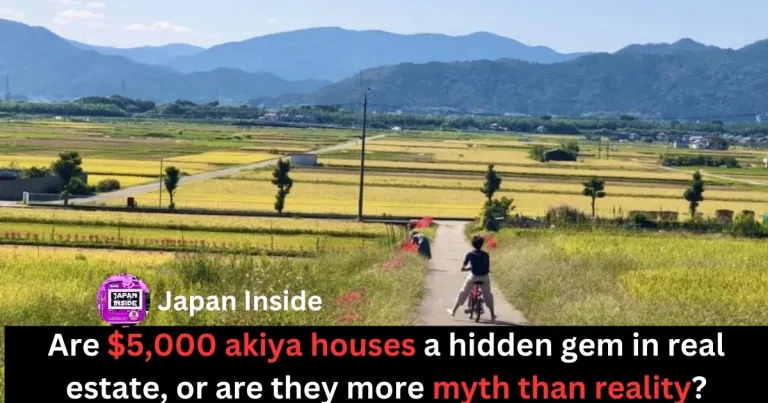
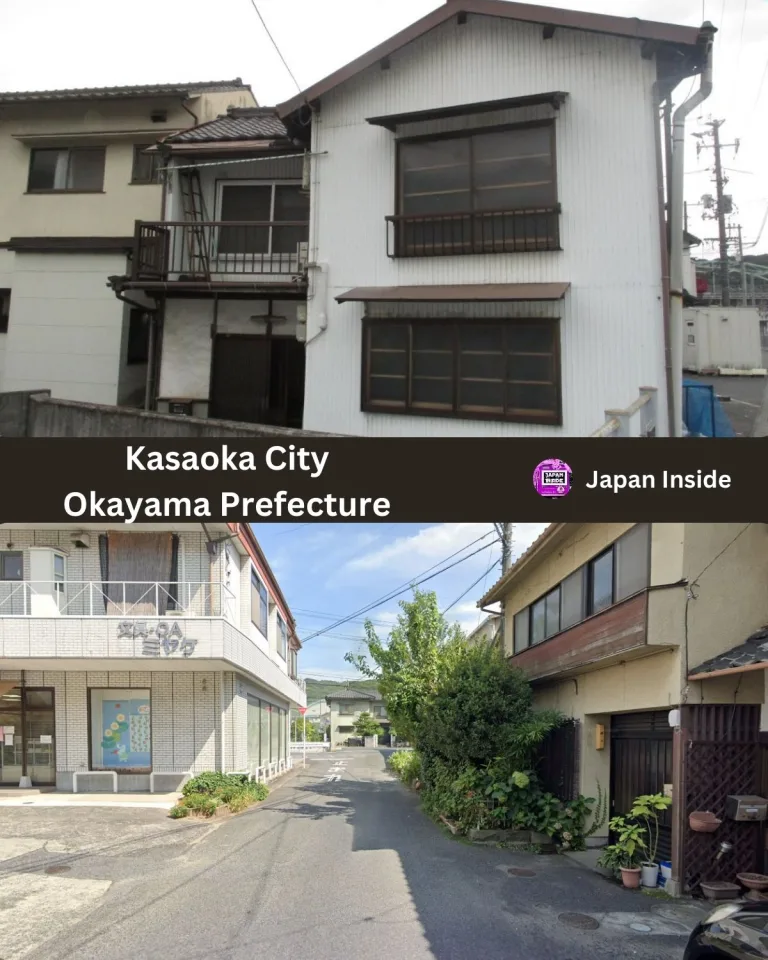
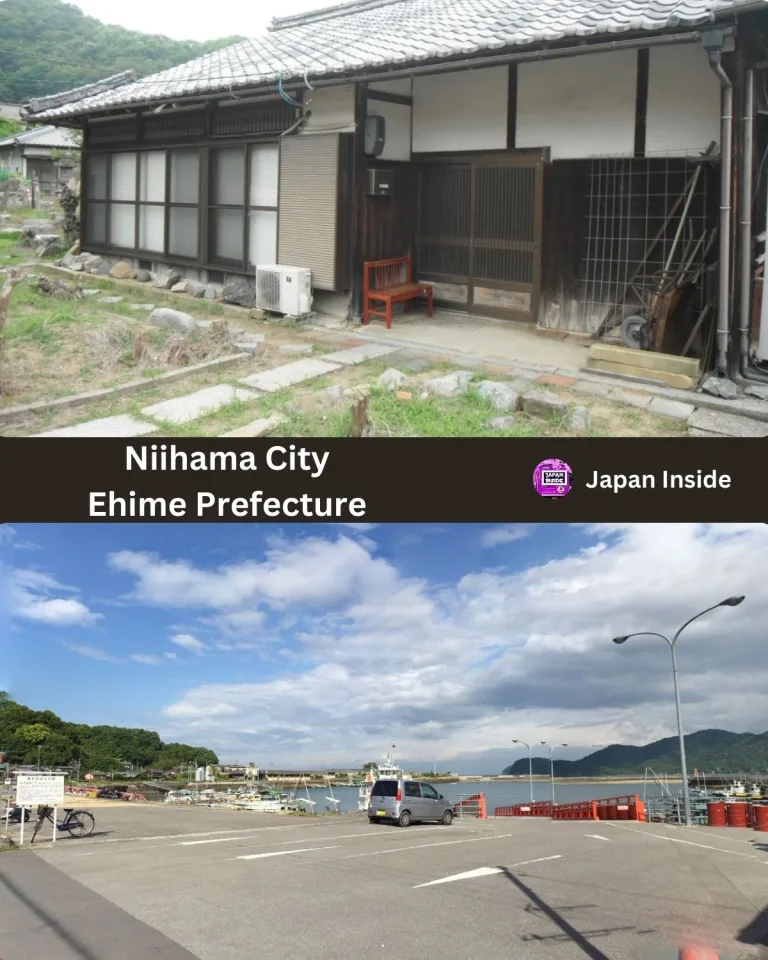
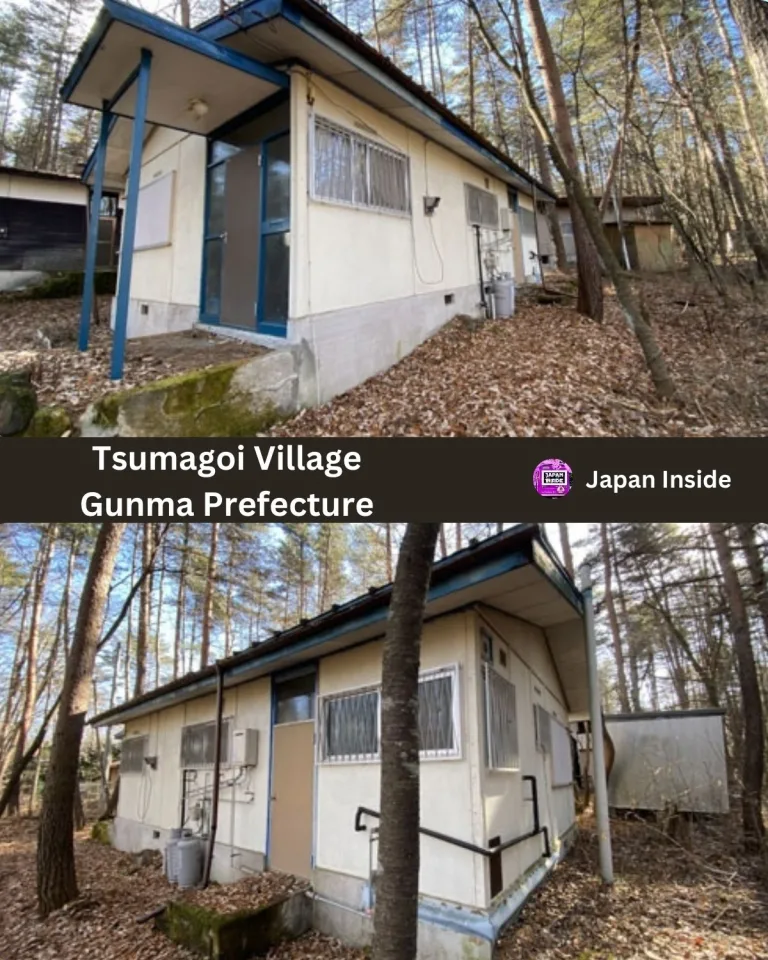
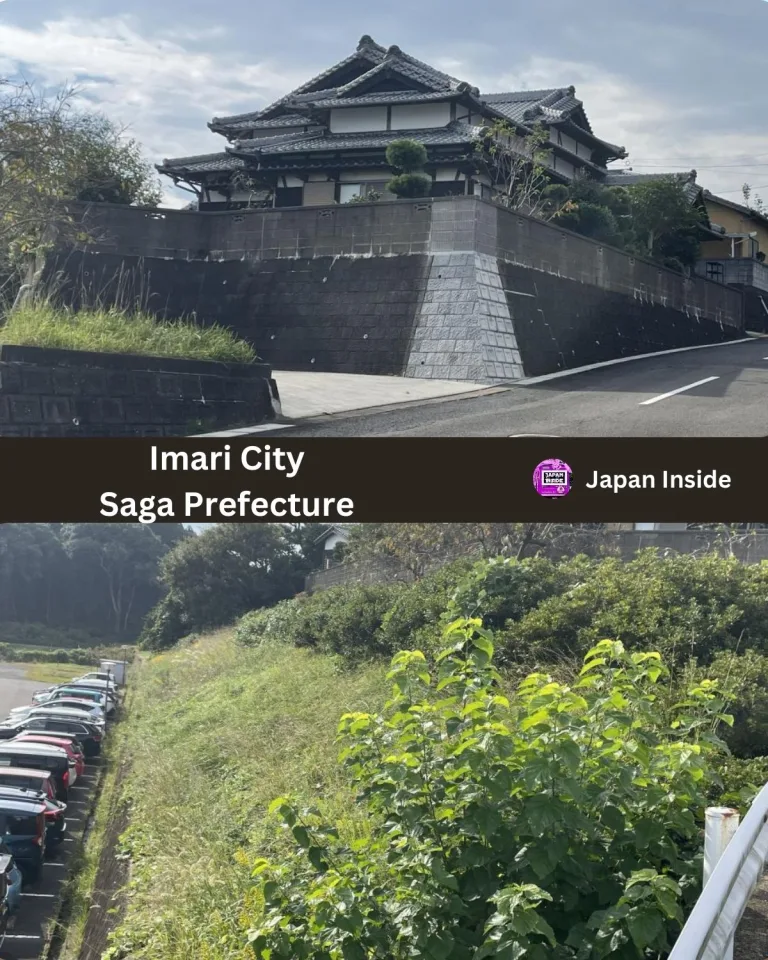
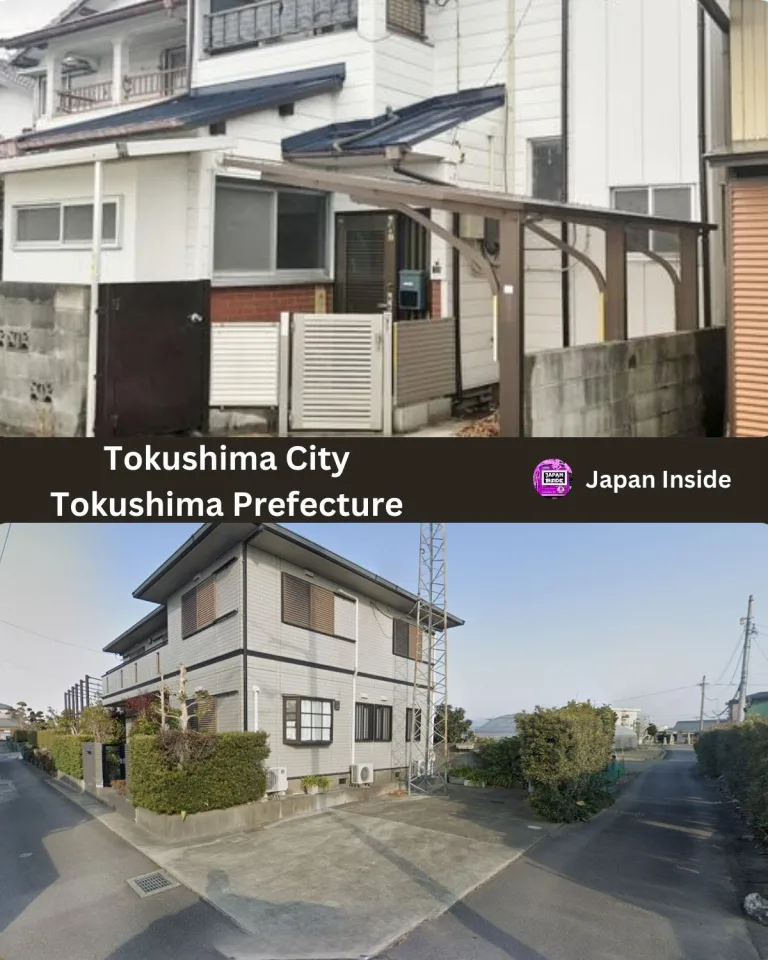
I’m interested in learning more on how a USA citizen can purchase a house in Japan.
Are Americans allowed to buy houses in Japan? What are the requirements?